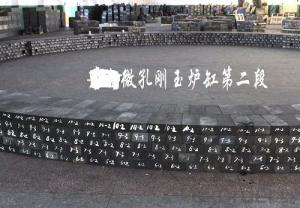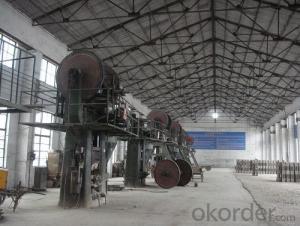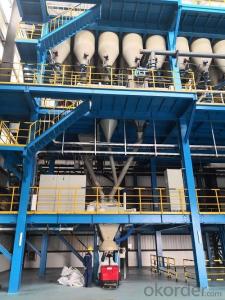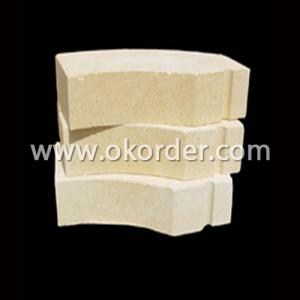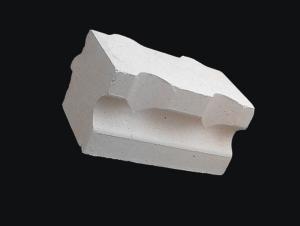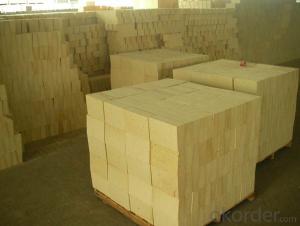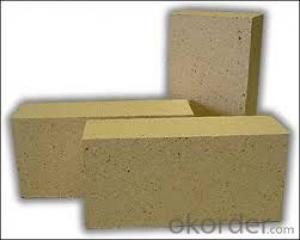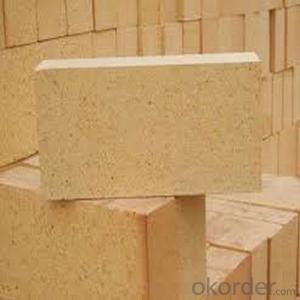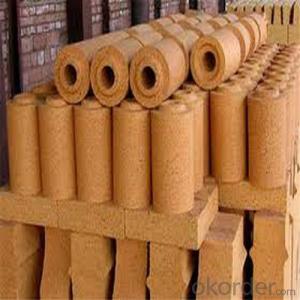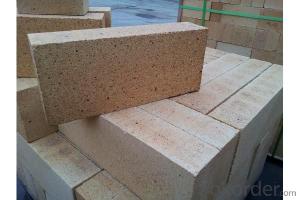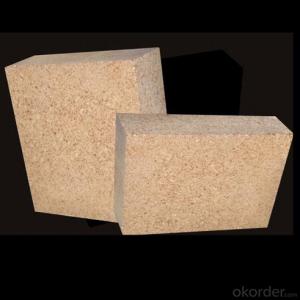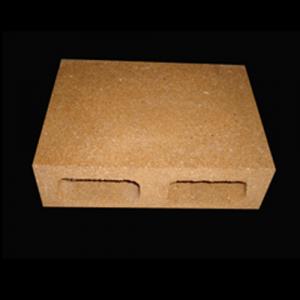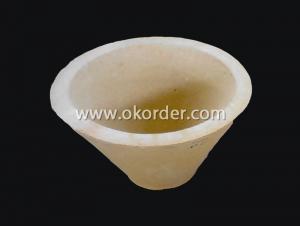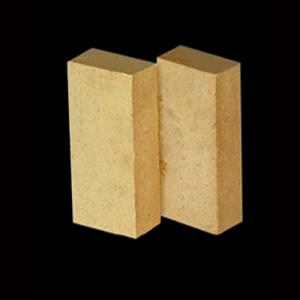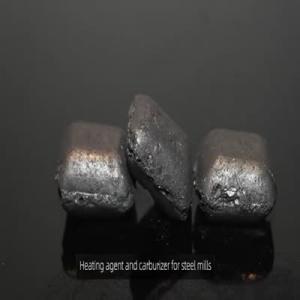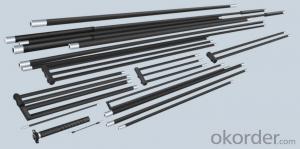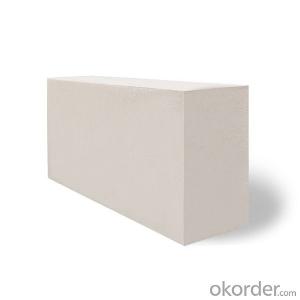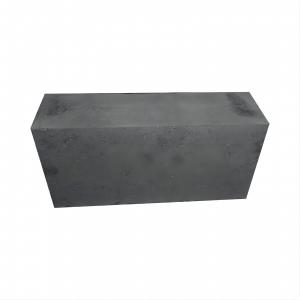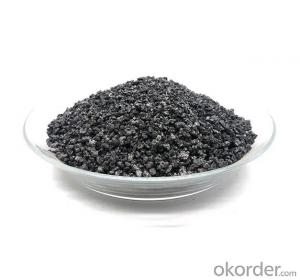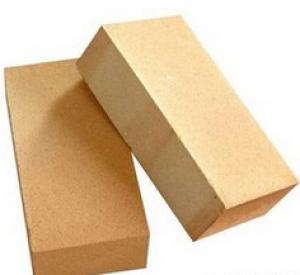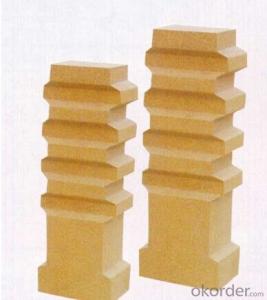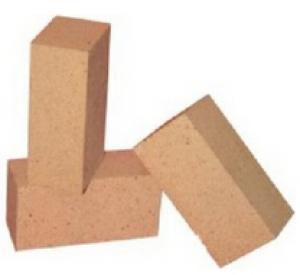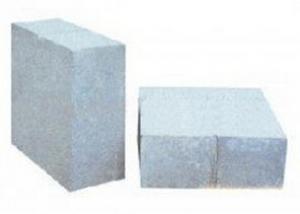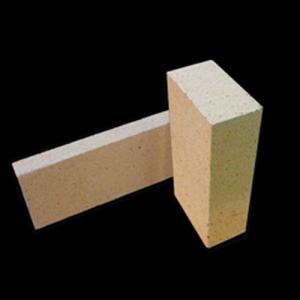Blast Belly Blast Bosh Carbon Composite Brick for Blast Furnace
- Loading Port:
- Tianjin
- Payment Terms:
- TT OR LC
- Min Order Qty:
- 200 m.t
- Supply Capability:
- 10000 m.t/month
OKorder Service Pledge
OKorder Financial Service
You Might Also Like
CNBM Group is listed No.187 in on Fortune Global 500, 2020.
Refractory is one of the main products of the group. At the same time, under the globalization strategy, CNBM International is the exporter, logistic and local service supplier.
13 Refractory plants locate in 9 different cities
15 professor level senior engineers,239 engineers,5 senior experts committed Iron & Steel industry
Annual production capacity is over 400,000 tons.
Product Name: Blast Belly Blast Bosh Carbon Composite Brick for Blast Furnace
Features:
Low creep
Good thermal shock resistance
Good chemical corrosion resistance
Technical Data Sheet
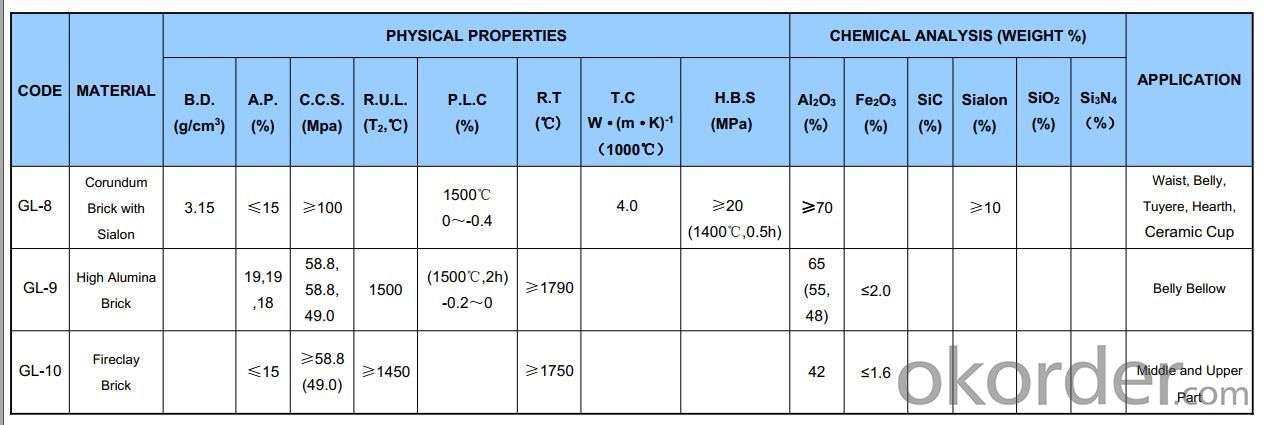
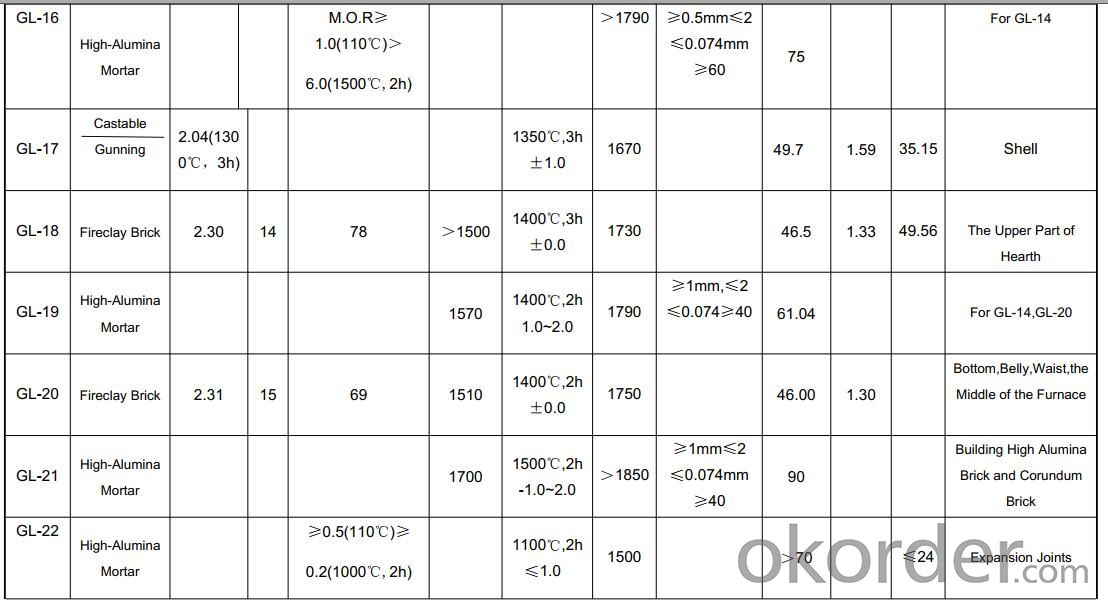
Product Photos of Blast Belly Blast Bosh Carbon Composite Brick for Blast Furnace

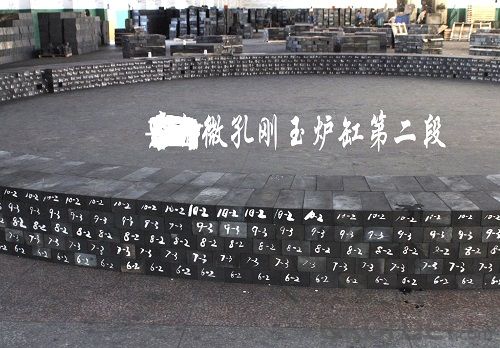
Our workshop
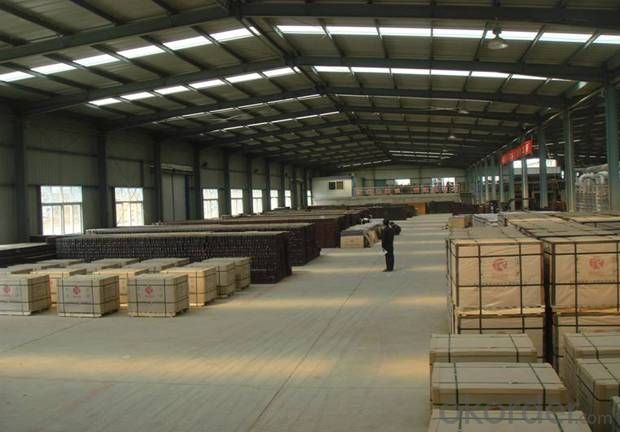
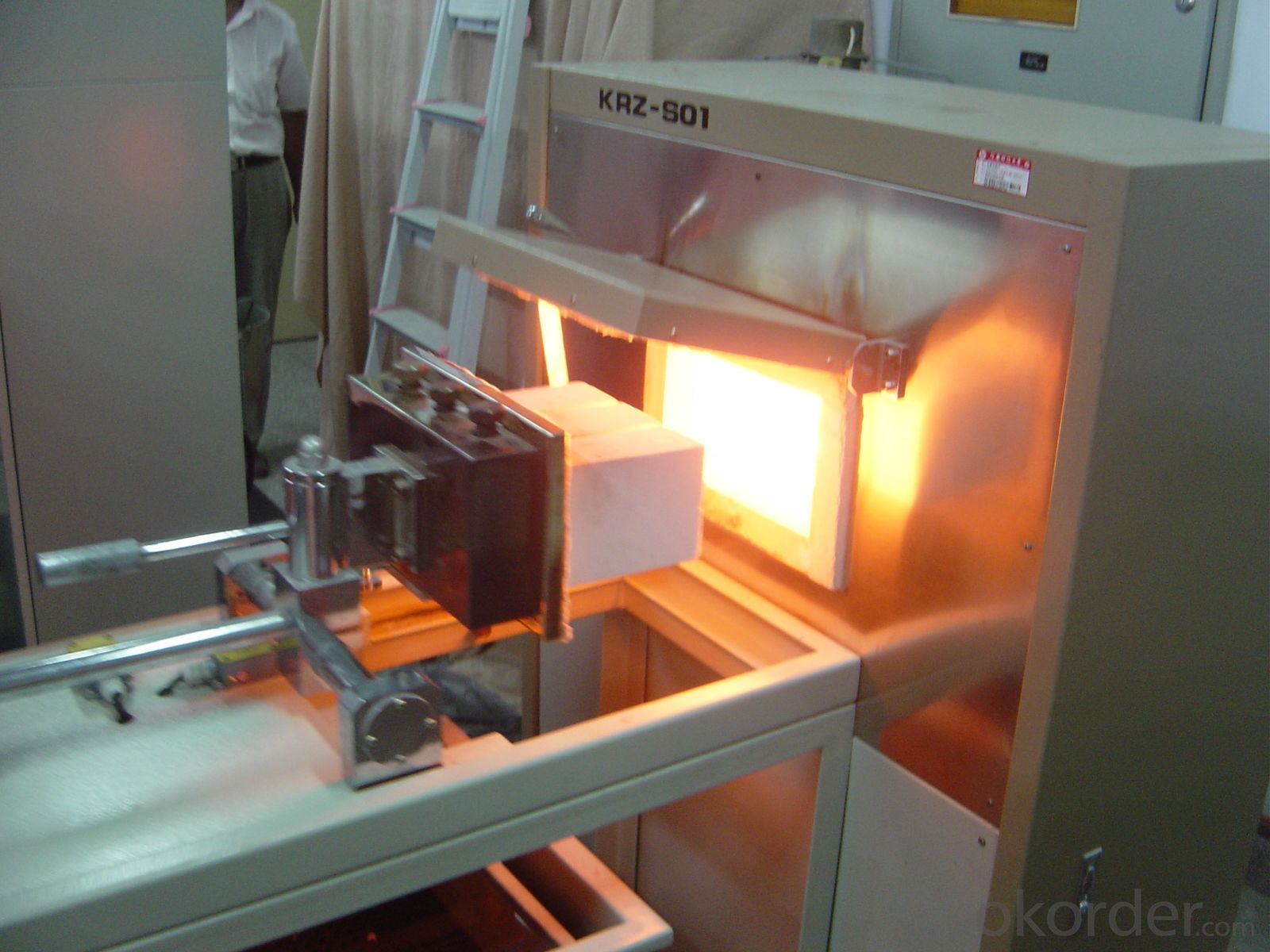
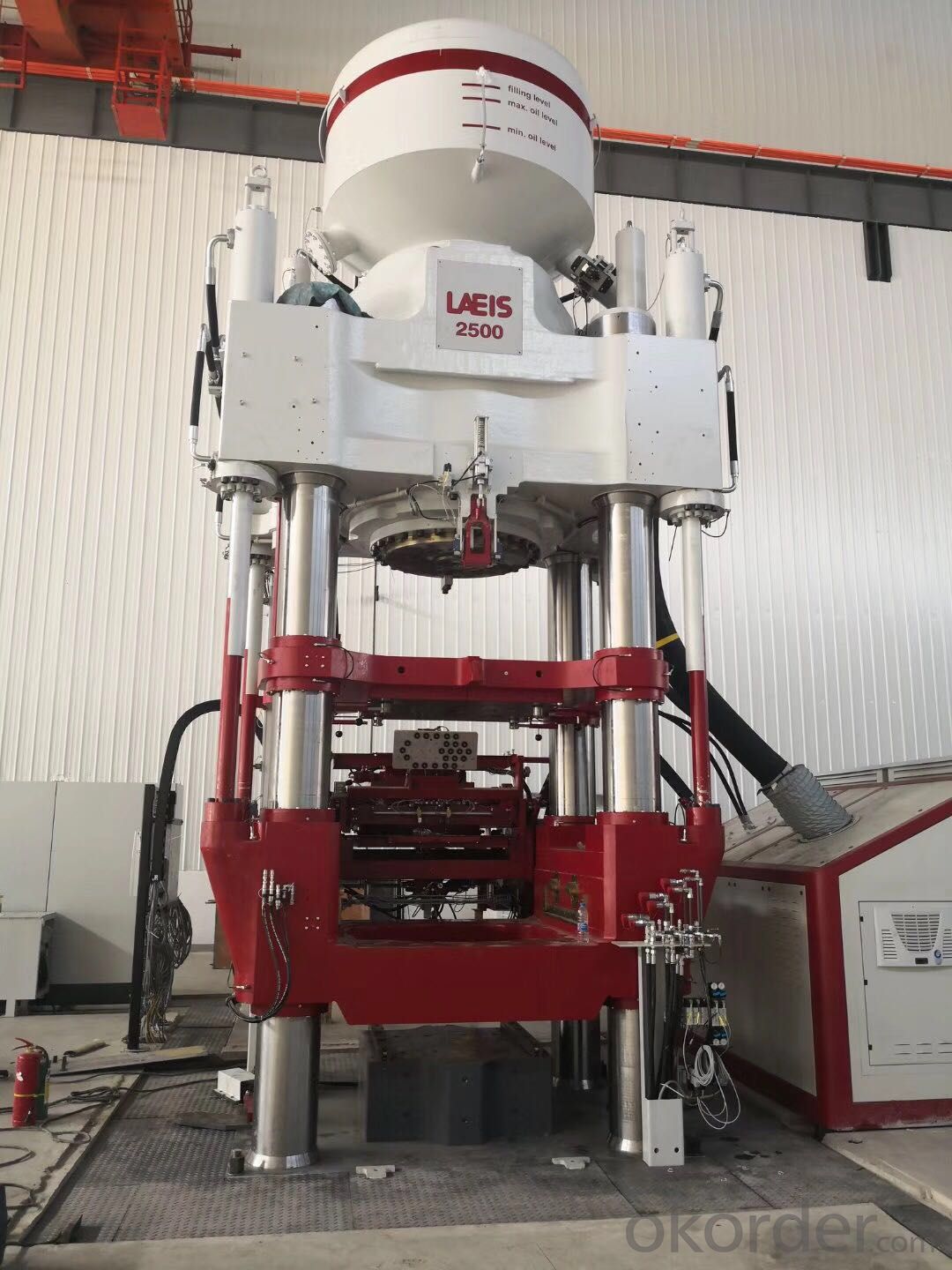
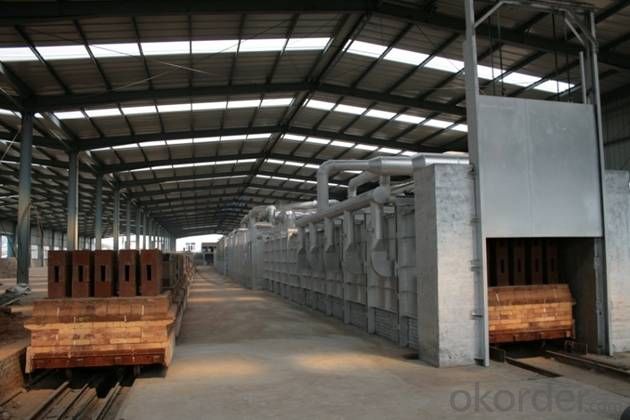
- Q:What kinds of minerals are there in the five major categories of ore crystal chemistry?
- Halide. A few species, about 120 species, accounting for only 0.1% of the earth's crust. Most of them formed in the surface conditions, forming a salt mineral, containing less pigment ions, light color, low hardness, generally less than 3.5. Common mineral halite (NaCl), potassium (KCl), fluorite (CaF2) etc..
- Q:What are the requirements for refractory materials in heat treatment furnace?
- The structural strength of high temperature is evaluated by loading softening point. Load softening point is that under certain pressure (2 kg/ cm 2 = 0.2MPa) under the condition of heating rate to heating, measured the sample deformation (deformation for the original sample 0.6%) temperature. This temperature is called the softening point of the refractory. Sample size is Phi 36 x 50mm.
- Q:What materials are used for roof insulation?
- There are two kinds: one is a kind of cotton insulation board, such as rock wool board, aluminum silicate cotton board, but this is not environmental protection, harmful to life, foam board (this fire safety factor minimum), these relatively cheap.
- Q:What are the high aluminum bricks made of?
- It's OK to use corundum bricks and alumina hollow ball bricks to build a furnace,
- Q:What is the high temperature limit of refractory bricks and refractory soil?
- Refractory bricks are stone powder and clay paste. They are fired in a kiln of 1300 degrees. The upper limit is 1500 degrees above normal pressureRefractory bricks - refractory materials of a specified shape and size.
- Q:What are the requirements for Rubble backfill height?
- 1, filling thickness is not greater than 50cm.2, filling, the use of layered filling.
- Q:The difference between aluminium refractory and magnesia refractory
- Therefore, the difference between the two is a neutral, one is alkaline, the original product is different naturally.
- Q:What is the price of the first grade high alumina brick?
- Many factories in Xinmi have high alumina bricks, but they must choose a regular factory. Kuwait refractory level high aluminum brick price at around 1600, the quality of double stable supply
- Q:What should be used as binder for making high alumina bricks?
- Bond for making high alumina brick: soft clay has good plasticity, so the high alumina brick is usually made of soft clay as bond. However, the free Al2O3 free SiO2 and bauxite clinker clay in under 1200 degrees occurred two times of Mullization reaction, generate large volume expansion, silicon porosity, strength reduction. Therefore, the amount of clay powder in the ingredient should be no more than 5%.
- Q:What causes breakage of refractory bricks?
- Refractory brick is a non metal mineral products can be used in the high temperature of 1550 DEG C under belongs to a class of inorganic, used in high-temperature furnace lining materials as protection kiln, which causes damage, usually have these points.Furnace temperature is not clear, there is no corresponding choice of refractory bricks.Physical impact, abrasion and erosion cause damageChemical factors, especially chemical industry, should be made of refractory bricks, which should be resistant to penetration and erosionIV: products from the factory when the factory did not pass the quality inspection standards
1. Manufacturer Overview |
|
|---|---|
| Location | |
| Year Established | |
| Annual Output Value | |
| Main Markets | |
| Company Certifications | |
2. Manufacturer Certificates |
|
|---|---|
| a) Certification Name | |
| Range | |
| Reference | |
| Validity Period | |
3. Manufacturer Capability |
|
|---|---|
| a)Trade Capacity | |
| Nearest Port | |
| Export Percentage | |
| No.of Employees in Trade Department | |
| Language Spoken: | |
| b)Factory Information | |
| Factory Size: | |
| No. of Production Lines | |
| Contract Manufacturing | |
| Product Price Range | |
Send your message to us
Blast Belly Blast Bosh Carbon Composite Brick for Blast Furnace
- Loading Port:
- Tianjin
- Payment Terms:
- TT OR LC
- Min Order Qty:
- 200 m.t
- Supply Capability:
- 10000 m.t/month
OKorder Service Pledge
OKorder Financial Service
Similar products
New products
Hot products
Related keywords

